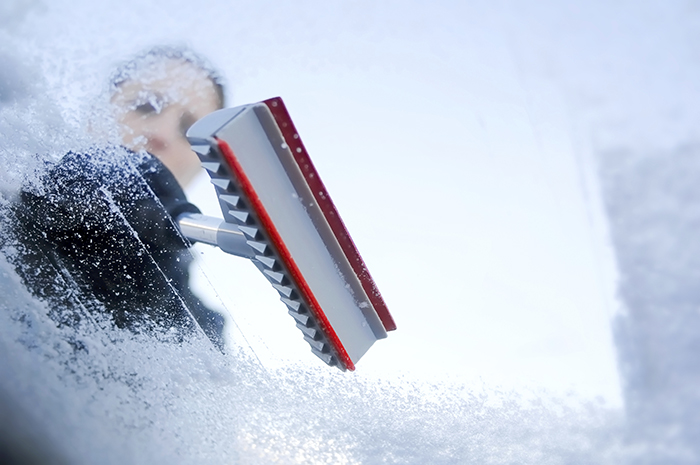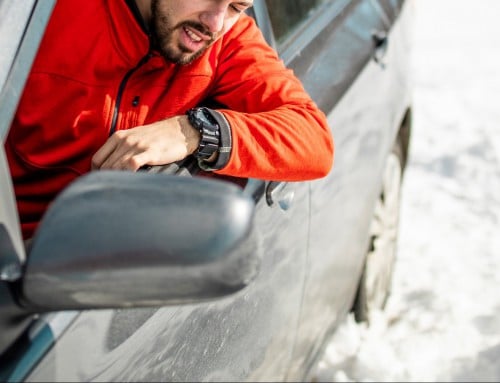Canadian winters bring out the road rage in all of us. Last year’s deep freeze took many drivers by surprise, proving that driving in the freezing winter months can be a nightmare.
To help you and your business make a smooth transition into these cold months, we recommend starting the process of winterizing your company car early on in the fall. We’ve put together a list of winter essentials to prep your car for the harsh weather road conditions ahead.
Batteries: Battery faults are the most common cause of breakdown during the year, but particularly so in the winter when cold temperatures take a toll on the battery’s life. To reduce the chances of your battery dying in the winter — or worse, en route — have your service garage take a look. Batteries are good for three to five years. If your battery is more than five years old and you’re experiencing difficulties starting your car, you may want to consider getting a new battery.
Vehicle fluids: This includes engine oil, engine coolants, and windshield washer fluid. If you can’t remember the last time you changed your engine oil, get it changed. And keep your gas tank full in case you’re stuck in traffic or you have to pull over due to horrible weather conditions. For engine coolants, if the coolant is more than two years old, then you should have it replaced. The engine cooling system should be filled with a 50/50 mixture of antifreeze and distiller water to prevent freezing and boiling over. Also, note that there are three types of coolant available on the market today. Don’t assume you can differentiate between them based on the colour of the coolant. Refer to your car owner’s manual to be sure.
Winter tires: The special rubber compound in winter tires allows them to stay flexible and grip snow and ice for optimum traction. Your winter tires can go on as soon as temperatures hit 7 C. Once you’ve put them on, check the air pressure in all four tires and your spare tire. The pressure in your tires tends to drop significantly in the winter due to the cold air, so do routine checks throughout the winter months.
Wiper blades: Being unable to see the road ahead of you is something no driver wants to experience. In the winter, blowing snow and rain can make it extremely difficult to drive. Checking your wiper blades in advance can help you be better prepared for the journey ahead of you. We recommend changing your wiper blades at least twice a year. You may also want to consider getting special winter wiper blades with protective rubber boot to prevent snow and ice buildup.
Air conditioning system: What many drivers don’t know is that it’s actually your air conditioning system that defrosts and dehumidifies the inside of your car. Every car with air conditioning has a dehumidifier. So when your heat’s turned on in the winter, if your air conditioning system isn’t working properly, it will not be able to defrost your windows and pull the moisture out of the inside of your car, leaving a musty odor. To prevent this, make sure your air conditioning system is operating smoothly and while you’re at it, check to make sure your block heater is also working.
Emergency safety kit: This is the season for on-the-road emergencies. That’s why it’s important to pack an emergency kit and keep it in your trunk at all times. Items to include: a first aid kit, band-aids, bottled water, energy bars, roadmaps, gloves, a flashlight, matches, and a blanket.
A shovel: Keep a full-size shovel in your trunk. A shovel will come in handy when you’re stuck in deep snow, or when there’s an excess of ice buildup on your windshield.
With the right preparation, winterizing your car doesn’t have to feel like a daunting chore, and in turn, the winter months will keep you — and your company — protected.






